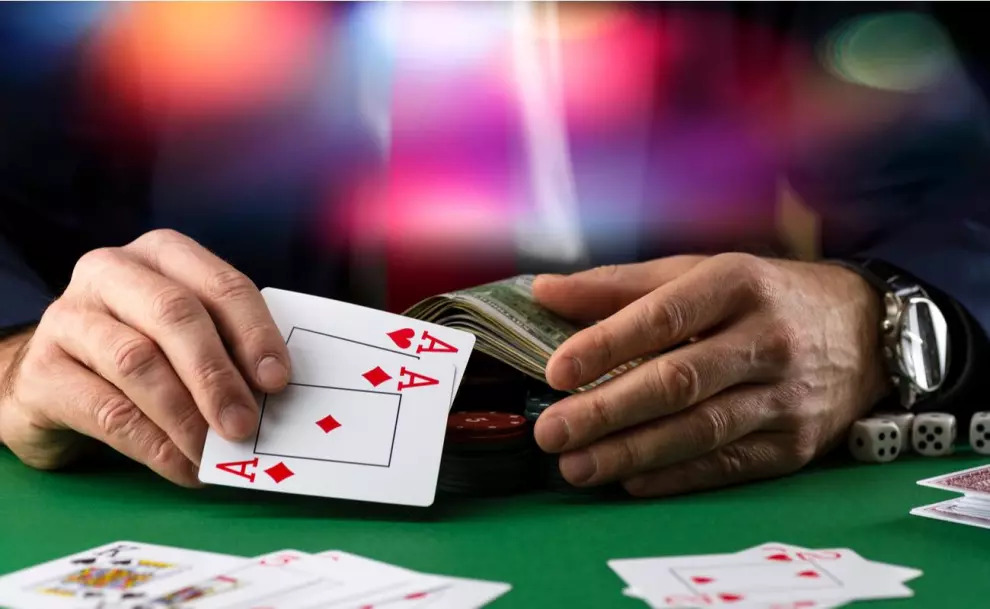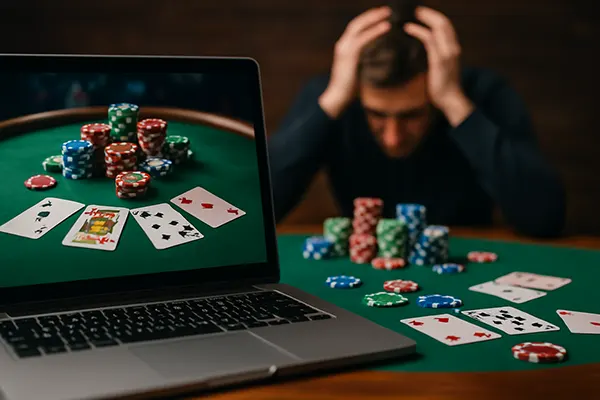Dangerous Techniques in Poker

Poker, a game of skill, strategy, and sometimes, audacious tactics, has captured the imagination of many. Platforms like Storspelare online casino have made it more accessible to the masses, allowing seasoned players and novices alike to experience the rush of the game. As captivating as it is, poker is riddled with techniques that tread the fine line between risk and reward. One such advanced tactic is the ‘Isolate.’ It’s not merely about playing the cards; it’s about playing the players.
What is Isolate in Poker?
‘Isolate’ or ‘Isolation’ is a poker tactic where a player raises a bet intending to go head-to-head against a single opponent, thereby ‘isolating’ them from the rest of the table. The primary goal is to force other players to fold so that you can play the pot against an opponent you believe you have an edge over. This can be a potent move, especially if you’re confident in your hand or your post-flop skills against a particular opponent.
The Type of Opponent Who Limped
When considering an isolation play, the type of opponent who has limped into the pot is crucial.
- Passive Players: These players often limp with a broad range of hands and are less likely to re-raise unless they have a strong hand. Isolating against passive players can be profitable since they frequently fold to aggression or play predictably post-flop.
- Aggressive Players: Isolating against aggressive players is trickier. They’re more likely to re-raise or play back at you, turning the tables on your isolation attempt.
- Novices: Isolating can work wonders against inexperienced players who may not be fully aware of hand values and might make post-flop errors that seasoned players would avoid.
Our Position and the Opponent’s Position
Position plays a pivotal role in the success of an isolation play:
- Early Position: If you’re in an early position, and a player limps in front of you, isolating can be riskier. You’ll have multiple players acting after you, increasing the chances of someone having a strong hand.
- Late Position: Being in a late position gives you more information about other players’ actions, making it easier to pick a perfect spot to isolate.
Your opponent’s position is equally significant. If they’re in an early position, their limping range might be stronger, indicating they may have a hand they’re willing to see a flop with but not strong enough to raise.

Isolate Size
Your isolation size, or the amount you raise when attempting to isolate, is crucial. Too small, and you invite others to call; too large, and you risk losing value or scare away the very opponent you wanted to isolate. Generally, a raise three to four times the big blind plus one big blind for each limper is a good rule of thumb.
Number of Limpers
The more players that limp into a pot, the riskier an isolation play becomes. With multiple limpers, the chances increase that one of them has a strong hand. Moreover, your isolation size would need to be larger to be effective, putting more of your chips at risk.
Conclusion
Isolation plays are a double-edged sword in the poker world. While they can be highly effective against the right opponent, they can also backfire if not executed correctly. As with all advanced poker techniques, understanding the nuances, practicing the move, and using it judiciously can lead to lucrative outcomes. Always remember, in poker, sometimes the most dangerous techniques are the most rewarding, but they also come with their set of challenges. Play wisely.




